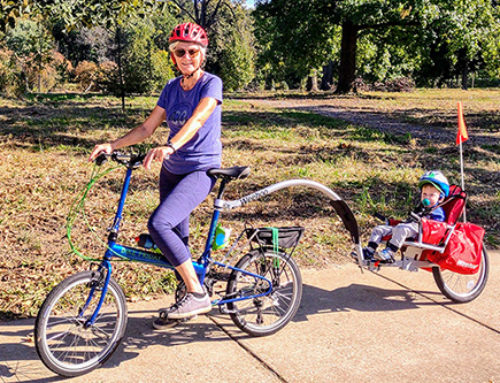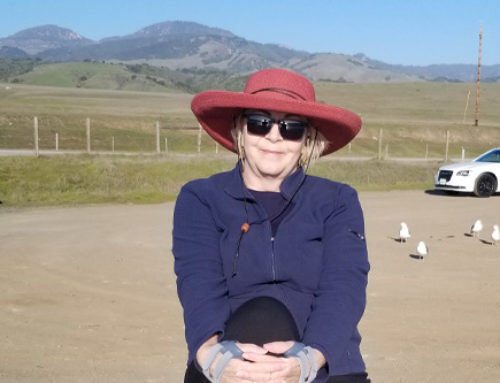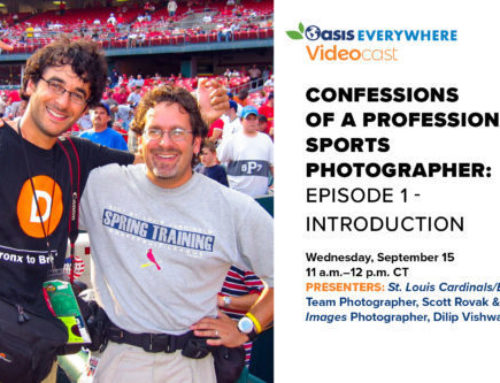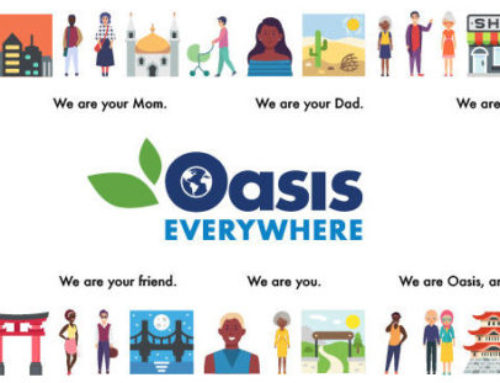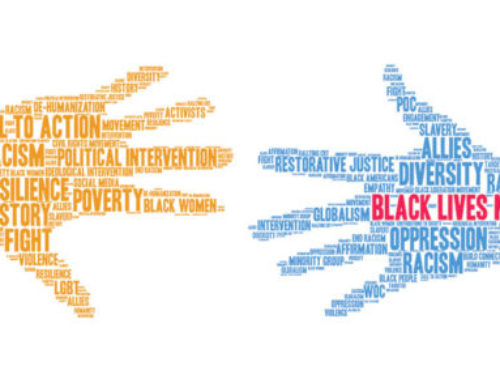America is becoming an older nation. Does that worry you?
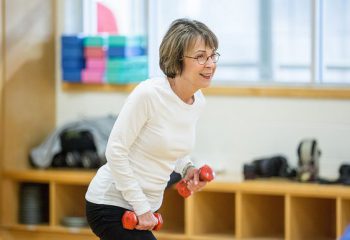 For a country that’s always thought of itself as young, the statistics are a shock to the system! We’re now a more-old-than-young society and with that comes the fear of scarcity, isolation, cost and conflict. I hope we never see “kids vs. canes,” but the possibility of a struggle over diminishing resources in a society split along generational lines is real.
For a country that’s always thought of itself as young, the statistics are a shock to the system! We’re now a more-old-than-young society and with that comes the fear of scarcity, isolation, cost and conflict. I hope we never see “kids vs. canes,” but the possibility of a struggle over diminishing resources in a society split along generational lines is real.
I don’t want to make light of the genuine challenges we face, but I believe there is reason for optimism and the possibility of a much better outcome. The fact is, for all the hand wringing and apocalyptic predictions, the needs and assets of the generations fit together like pieces of a jigsaw puzzle. Just ask any grandparent! If we build on this natural bond between the older and younger generations, both within families and across different communities, we can avoid conflict, solve problems from child care to loneliness and even generate a good deal of personal happiness along the way.
What’s standing in the way of closer ties between older and younger generations?
Since the beginning of human history, older people have invested in and supported younger generations. And yet over the past 50 years, we’ve taken something that’s deeply rooted in the human experience and made it close to impossible in our modern world.
The two biggest culprits are a culture that encourages older people to hang on to their youth and a whole set of institutions that keep the generations physically apart. Workplaces, housing and our education system are all increasingly age-segregated.
What will it take to remove the barriers and bring the generations together?
We’re going to have to be as creative at inventing institutions that bring Americans together as we have been over the past century in crafting ones that split us apart. I’m encouraged by new ideas popping up across the country, particularly in housing.
A few years ago in Boston, two MIT grads launched Nesterly, a tech start-up pairing older people who have room to spare in their homes with university students in need of reduced rent and able to do chores. In Cleveland, a senior living community called Judson Manor created an artist-in-residence program in 2010 providing free housing for graduate music students, who agree to perform for the residents and participate in meals and other activities.
In both cases, proximity has often brought with it not just support but deep, intergenerational friendships.
What can we do to challenge age segregation in our own lives?
It’s so important to focus on creating relationships across generations. But don’t do it in an eat-your-broccoli kind of way. Do it because it’s one of the surest routes to happiness in our longer lives.
The psychiatrist George Vaillant, who led the landmark Harvard Study of Adult Development, tracking hundreds of men for decades, found that those in middle age or older who invest in nurturing the next generation are three times as likely to be happy as those who fail to do so.
How to get started? Here are three quick tips One; Think long and hard about how you set up your life — where you live, worship and volunteer. Two: Listen. One of my mentors used to talk about how easy and seductive it is to be interesting. It’s much harder but more worthwhile to be interested. And three: Sign up for more ideas from Gen2Gen, the Encore.org campaign to mobilize 1 million adults 50+ to stand up for — and with — young people today.
Of all the things that divide us, the gap between old and young is arguably the most bridgeable, but there’s no time to waste.

